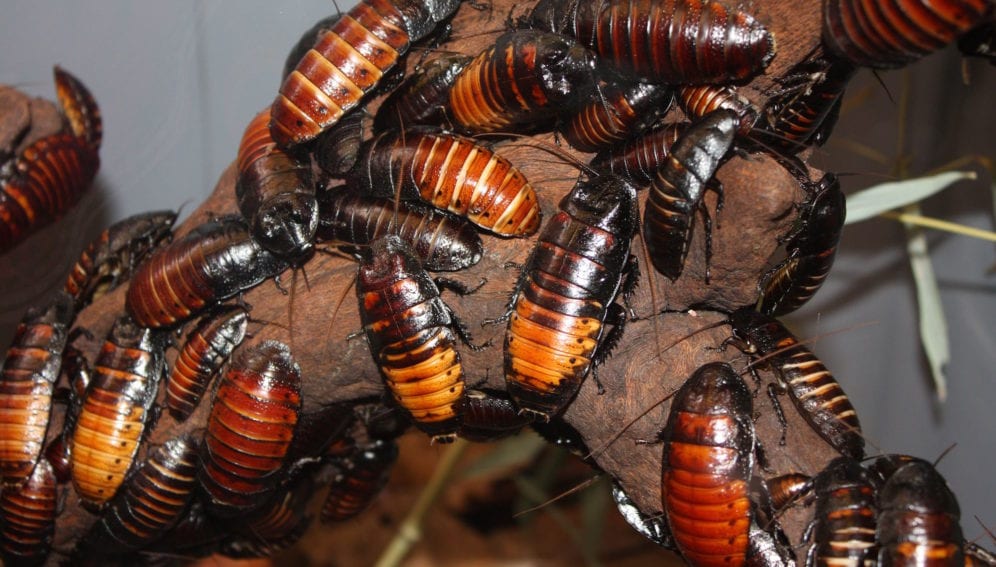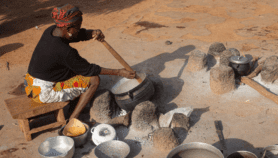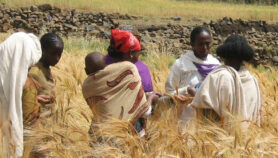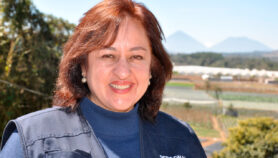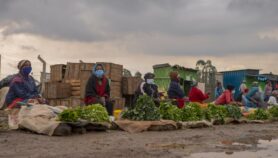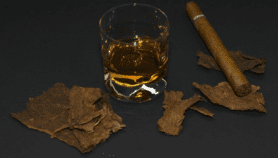Send to a friend
The details you provide on this page will not be used to send unsolicited email, and will not be sold to a 3rd party. See privacy policy.
[BANGALORE] Milk secreted by a cockroach species, to feed its young, is the base for a potent nutritional supplement being developed by Indian and international scientists.
“While cockroaches are oviparous (egg-laying animals), the Diploptera punctata species alone is viviparous (animals that give birth to young) and nourishes its offspring with a milk protein,” says Sanchari Banerjee, post-doctoral fellow at the Institute for Stem Cell Biology and Regenerative Medicine (InSTEM), Bangalore, where work is underway to develop the food supplement.
Banerjee and her fellow researchers found that the milk, which the mother cockroach secretes through the brood sac, gets converted into concentrated protein crystals that are stored in the gut of the embryos. They describe their work in a paper published this month (July) in IUCrJ.
“Now that we know the chemical constituents of roach milk, the challenge is to produce the milk in yeast using biotechnology techniques.”
Nitish Sathyanarayanan, InSTEM
Supported by India’s department of biotechnology, the team has members drawn from diverse institutions such as the Carver College of Medicine, University of Iowa, Department of Cell and Systems Biology, University of Toronto and Experimental Division, Synchrotron SOLEIL, Gif-sur-Yvette, France.
Biophysical and X-ray crystallographic studies of the crystals show that they are composed of a mix of proteins, sugars and fatty acids that make a complete food for the roach brood. A single crystal is estimated to contain more than three times the energy of an equivalent mass of dairy milk.
Says Banerjee: “The crystals that form inside the embryos were fascinating. There is an equilibrium maintained between the liquid milk, which is ready as food, and the crystals which can be stored as food.”Subramaniam Ramaswamy, professor at InSTEM, tells SciDev.Net that the road to converting the crystals into a nutritional supplement is long. “We need to make it in yeast and make sure it can have the same properties. We need to make sure it is safe. We need to figure out how to make enough of it. So, that is a few years away.”
Nitish Sathyanarayanan, doctoral student at InSTEM and an author of the paper, says the process is similar to making synthetic insulin using recombinant DNA technology. “The insulin that we consume today is made in the same yeast used for baking. Now that we know the chemical constituents of roach milk, the challenge is to produce the milk in yeast using biotechnology techniques.”
Banerjee has already begun making the protein in yeast cells. “We have now synthesised the gene sequences. It will take some time to check if it is working or not with the same native properties. If everything works, we will plan to market it as supplemental food,” she says.


